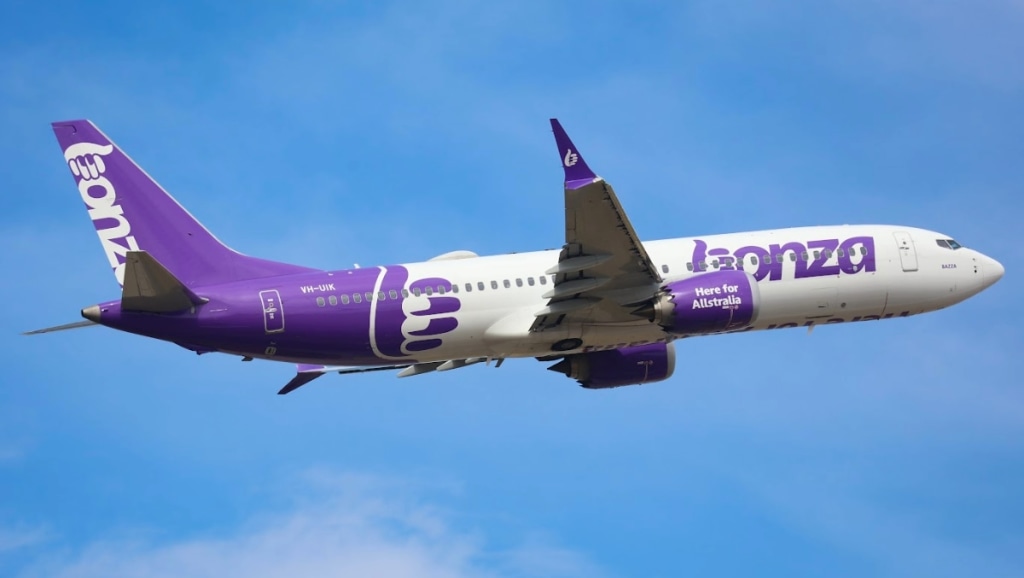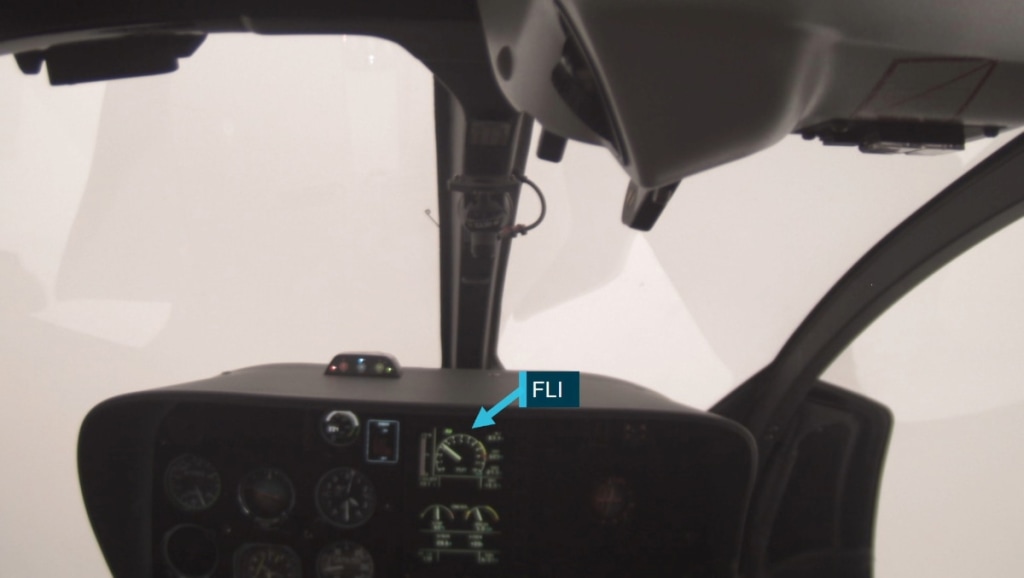Alex Chan is standing in front of what looks like a five-storey, purple cheese grater. The enormous disc is known as a cutter head, and the 4000-tonne engine sitting behind it will soon push it underground.
It will carve its way through six kilometres of Silurian-era rock, deposited more than 400 million years ago, beneath Watsonia to create the epic North East Link toll road.
“The cutting wheel turns, and it grinds and grinds and grinds the face [of the rock],” says Chan, as he stands high above one of the 16-metre high and 90-metre-long tunnel-boring machines now being assembled 11 storeys below ground. Just building the gargantuan tunnelling machine has taken seven months.

There will be two of the machines, and each can push 11,420 horsepower — equivalent to 57 average cars revving at maximum capacity or one-fifth of the power of a Boeing jet.
They are scheduled to begin their journey next month and finish in 2026, ahead of the road’s opening in 2028. By then, the borers will have cut and scraped through 5.7 million tonnes of dirt and rock.
Biggest road ever built
Melbourne has never seen a road-tunnelling project on this scale. Over the past month, The Age visited North East Link’s three worksites, travelling inside the tunnels built so far – already enormous, these are only ventilation for the tunnels to come – to get a look at the project.
The sites, in Watsonia and Bulleen, are on a scale that’s difficult to comprehend.
https://www.smh.com.au/interactive/modules/graphic-embed/?resizable=true&v=492&configUrl=https://www.smh.com.au/interactive/hub/configs/graphic-embed/28886.json&v=0.2814189709695407
The biggest stretches 2.2 kilometres from Watsonia to Yallambie. Six kilometres from where we meet Chan in Watsonia is the Bulleen site near the Heide Museum of Modern Art. Near here, the tunnel-boring machines will emerge in 2026.
All three sites are littered with diggers, giant storage sheds, and cranes taking material out of the ground or lowering steel and concrete into it. A visit to these sites makes clear how an eye-watering $26 billion is being spent on this project.

What is the North East Link and what does it do?
This is the largest, most expensive road project ever undertaken in Victoria. Its 6.5-kilometre tunnels dwarf Melbourne’s other subterranean toll roads (CityLink 3.5 kilometres and EastLink 1.6 kilometres) and, at their deepest, burrow the height of a 15-storey building under the Yarra River in Bulleen.
The tunnel from Watsonia south to Bulleen will have three lanes for cars, widening to four lanes from Bulleen to the Eastern Freeway. The project also expands the freeway to more than 20 lanes in places, to take more traffic once the North East Link opens.
Going the other way, motorists coming off the Eastern Freeway will be able to take a four-lane tunnel northwards and exit near Heide. Drivers continuing in the tunnel as it narrows to three lanes will travel onto Greensborough Road, where they can exit in Macleod or go onto the Ring Road in Watsonia.

In a perfect world – and the many critics of the tunnel would point out this perfect world won’t often happen – travelling at the tunnel’s top speed of 80km/h will get a car driver from the Ring Road to the Eastern Freeway in touch over eight minutes. And from the Eastern Freeway to Yallambie will be about five minutes. These trips, of course, will be tolled.
Who came up with this idea?
The North East Link began its life five decades ago as a line on a map created under then-premier Henry Bolte. In the 55 years since, successive premiers have said a road linking the Eastern Freeway to Melbourne’s ring road would be worthwhile.
All baulked at the cost and what could go wrong. Until Daniel Andrews came along.

Treasurer Tim Pallas was roads minister when, in 2008, the North East Link became a serious proposition. Back then, it was to cost $6 billion. In last week’s federal budget, Prime Minister Anthony Albanese committed a further $3.25 billion in Commonwealth support for the project. Continual blowouts have taken the price to $26 billion.
By the numbers
- First proposed in 1969, the North East Link is the largest transport infrastructure project in Victorian history. Its twin 6.5-kilometre road tunnels will be the longest in Melbourne.
- Almost 6 million tonnes of rock and dirt will be excavated by the time the road is scheduled to open in 2028.
- At its deepest, the tunnels will run 45 metres beneath the ground as they pass below the Yarra River.
- Two tunnel-boring machines will cut through the rock below Rosanna, Heidelberg and Bulleen at between 12 and 15 metres a day. Each machine has 11,420 horsepower — equivalent to the power of 57 average cars driving at full capacity, or one-fifth of a Boeing jet.
- As they drill, the machines will simultaneously lay down 44,000 concrete panels to form the tunnels’ walls.
- Construction areas in Watsonia and Bulleen are enormous with the Watsonia site stretching 2.2 kilometres from near Watsonia rail station to Lower Plenty Road in Yallambie.
- The project will cost $26 billion — up from its 2008 estimate of $6 billion.
- The tunnels will remove 15,000 trucks from local roads daily, improving traffic flow and reducing congestion significantly.
Why is it being built?
Along with the 12,000 jobs the government says the construction will create, traffic modelling finds the road tunnels will shave up to 35 minutes off a typical journey. While these kinds of time-saving predictions for toll roads are notoriously problematic – new roads generate fresh demand – what is inarguable is that the project gives motorists more options to get around.
Time savings for those living near the project will range from five to 15 minutes, according to government estimates. Those who will save the maximum amount of time from the new toll road are trucks, and the project is specifically designed to get 15,000 of them off north-east roads each day.
“North East Link is about getting trucks off local roads primarily,” says Duncan Elliott, chief executive of the project.

How will construction crews dig the tunnels?
The two Chinese-built, German-designed tunnel-boring machines carry a permanent work crew of 20, operating constantly night and day. They will sit behind that enormous purple cutter head in a 90-metre-long workspace that incorporates the massive engines, an operator’s cabin with a control room, a break room where workers have their meals, basic site rooms with a few desks, and toilets. There is also somewhere to flee to in an emergency.
“It’s got a hyperbaric chamber for the people who are using the machine in case there’s any safety issue where they can be safely held until they’re retrieved,” says Elliott.
Within weeks, they will make their first grind into the pre-prepared walls in the Watsonia pit, where they begin to shave away at a rock face millions of years old. Next, they will dig under the Simpson Army Barracks in Yallambie and then onwards under 150 houses in Rosanna and Heidelberg.
https://www.smh.com.au/interactive/modules/graphic-embed/?resizable=true&v=281&configUrl=https://www.smh.com.au/interactive/hub/configs/graphic-embed/28876.json&v=0.310885353753352
In the years before construction, engineers meticulously mapped what lies underground by drilling 2700 boreholes along the entire tunnel route and surrounding areas.
Eventually, the machines will sink to a depth of 45 metres as they tunnel beneath the Yarra River.
The machines will dig almost alongside each other (one will lag a few weeks behind the other to avoid exerting too much pressure on the earth in close proximity). The two tunnels will be separated by about seven metres of earth. At intervals of about 110 metres, an emergency passage running between them will be built, so motorists in one tunnel can flee to the other in a disaster.

The Age


Now clear this road was not required and the business case is in the toilet. CFMEU honeypot is all it is and will do nothing for Melbourne expect create more traffic congestion such is the corruption in Victoria. $billions wasted on a project we never required.